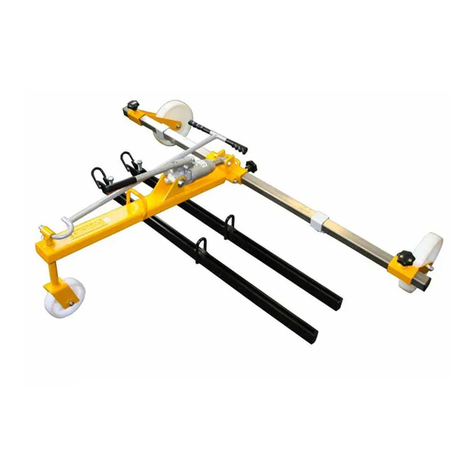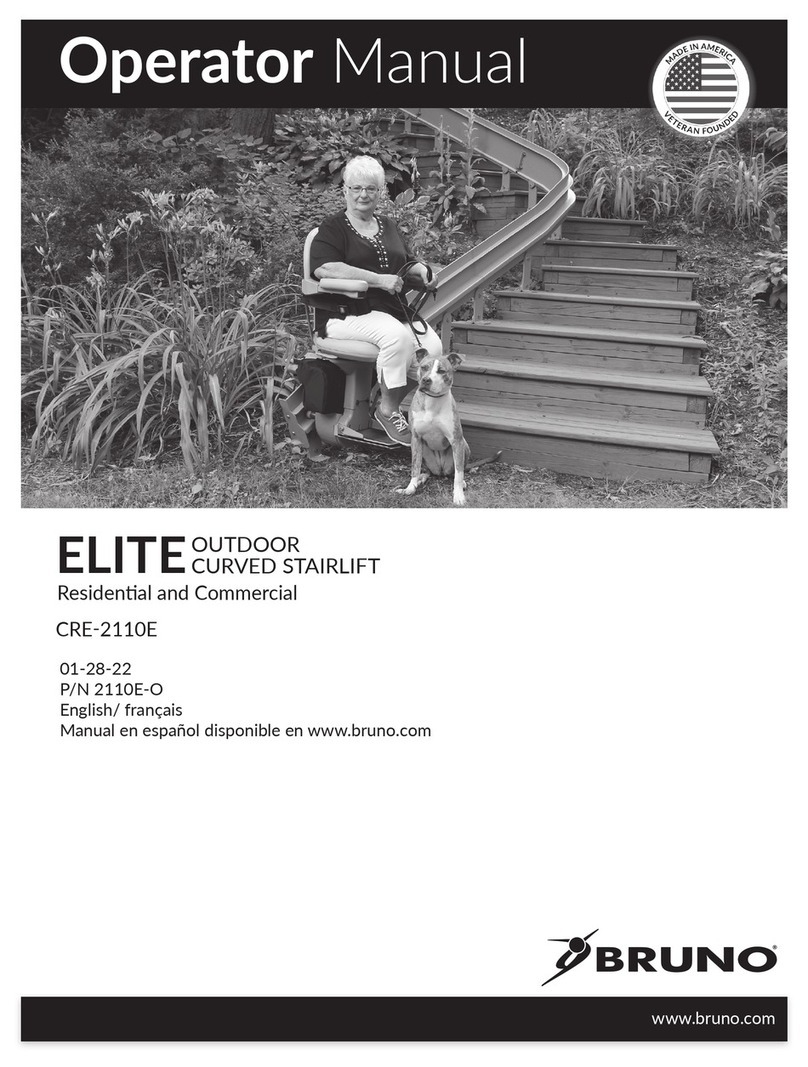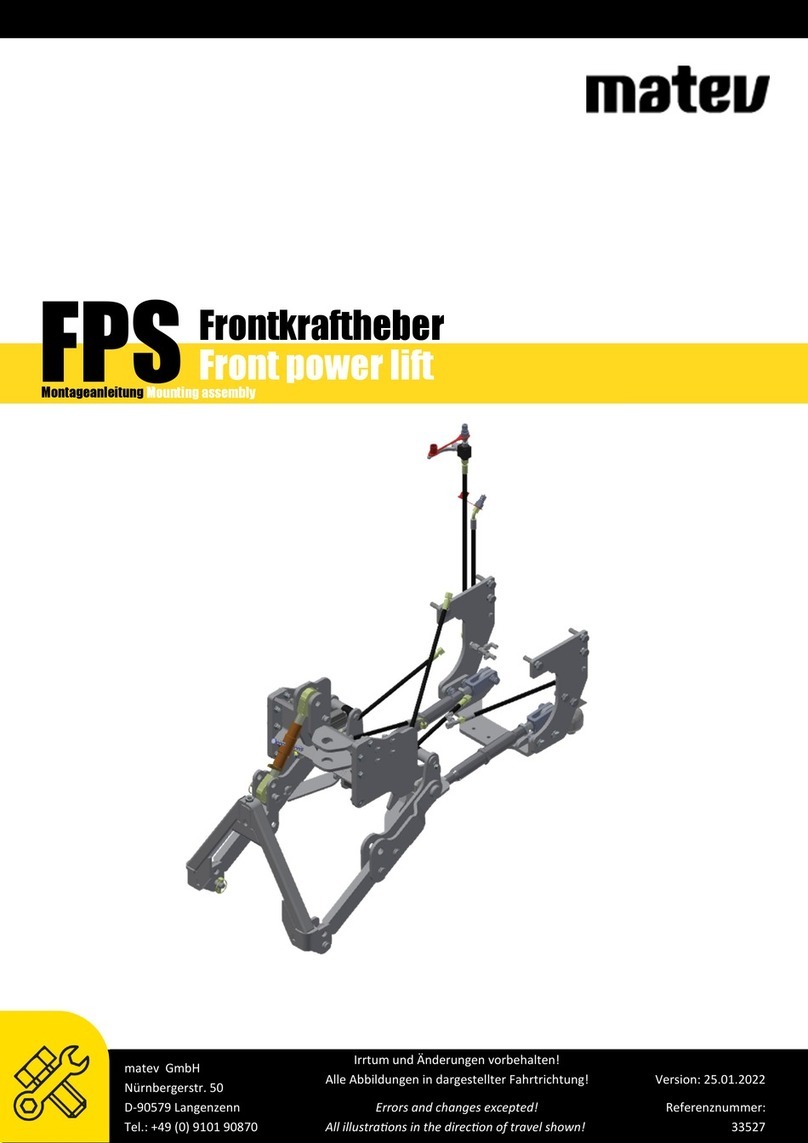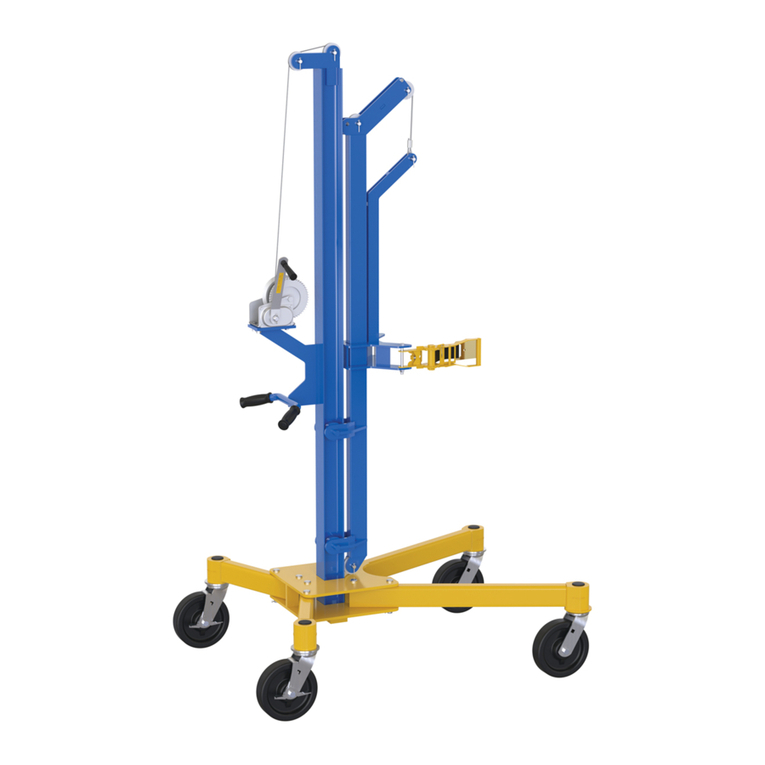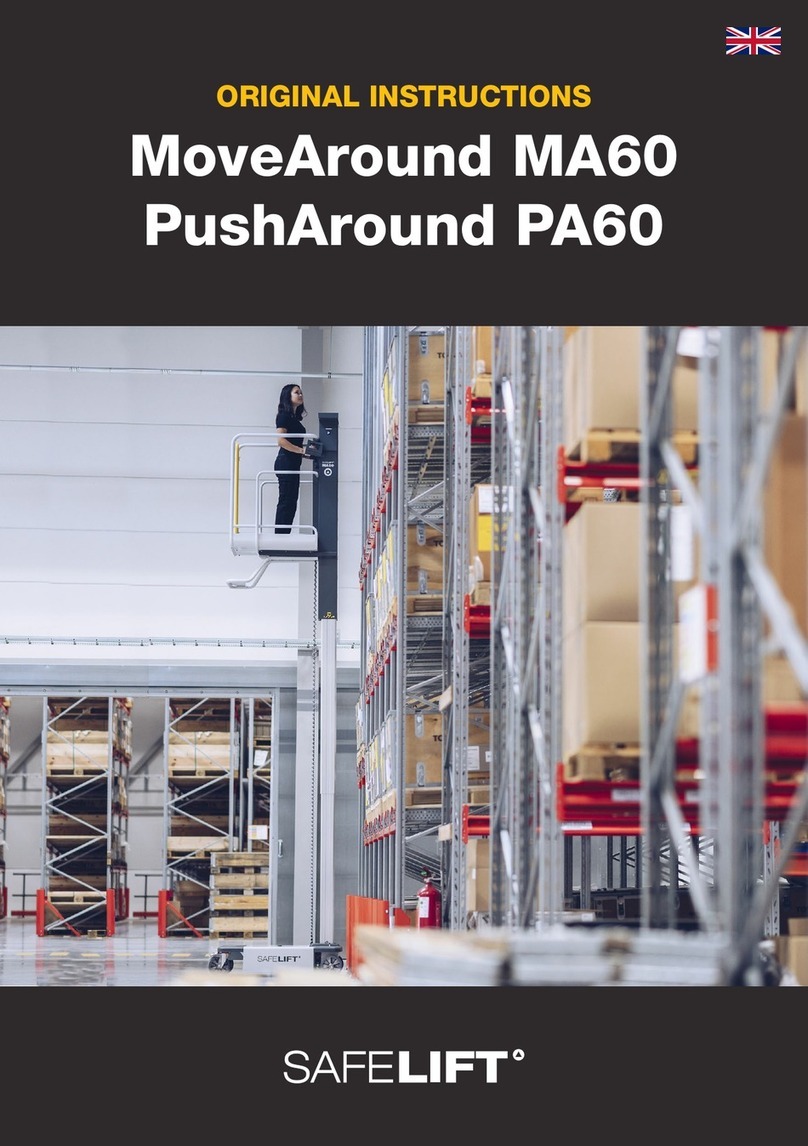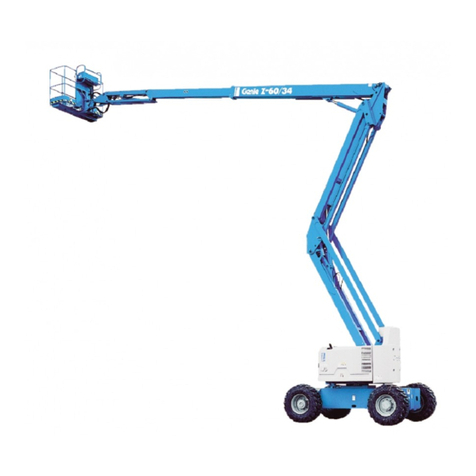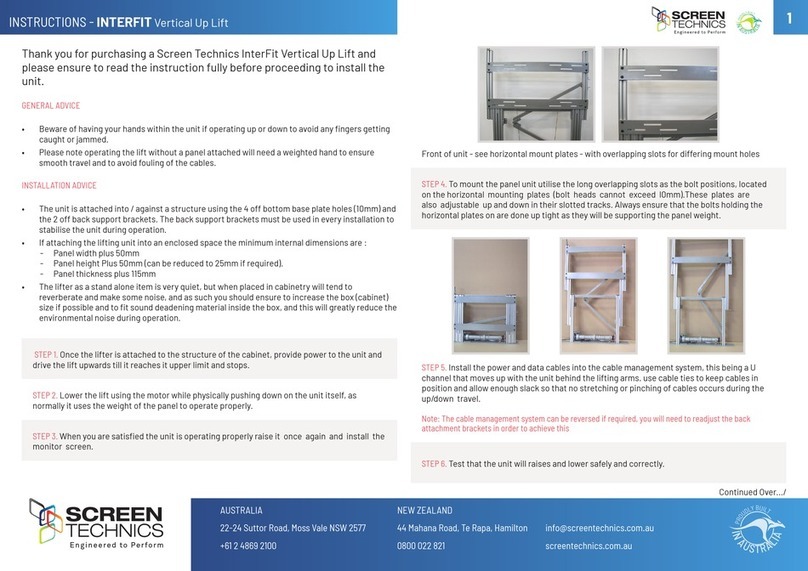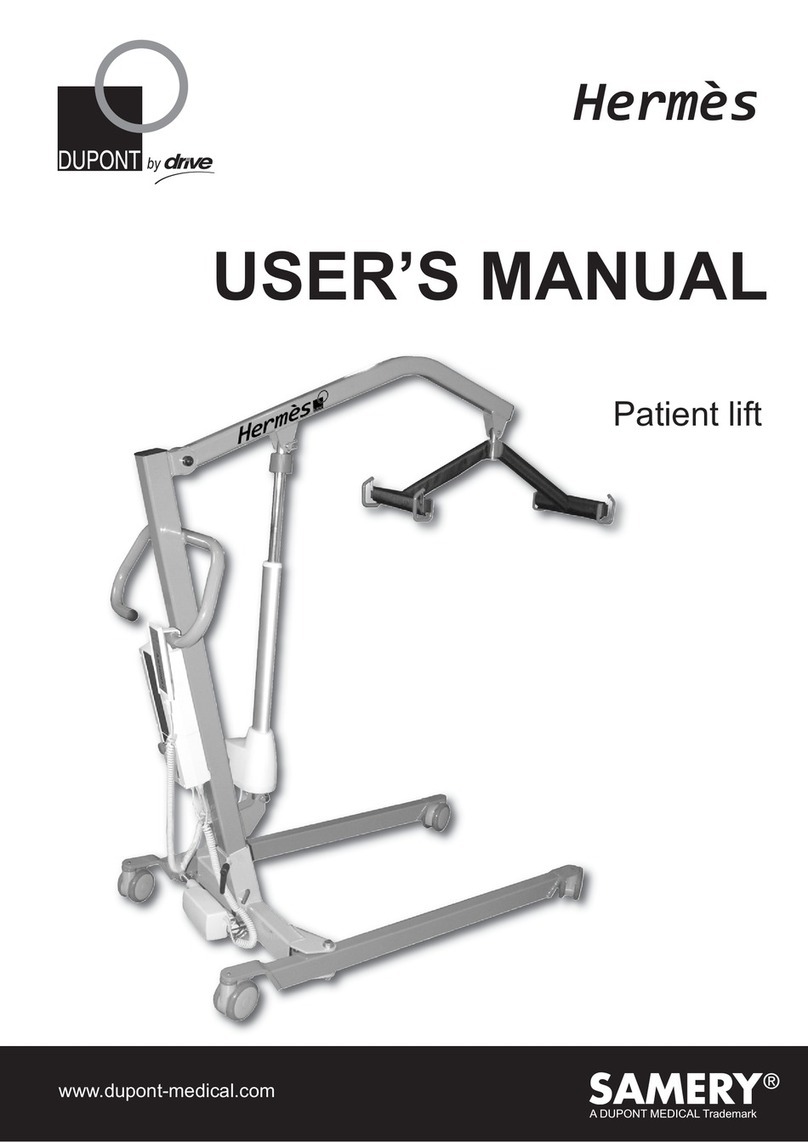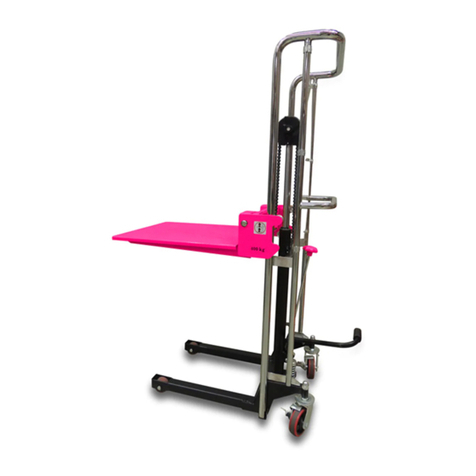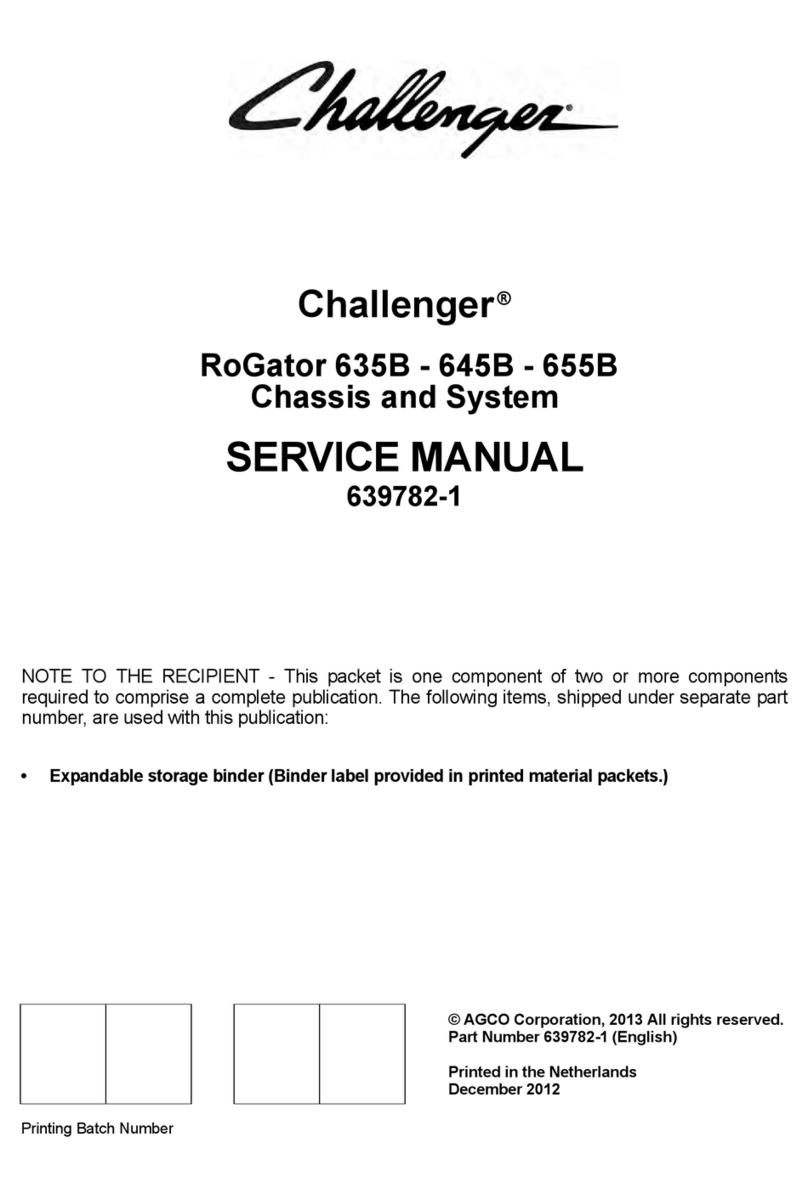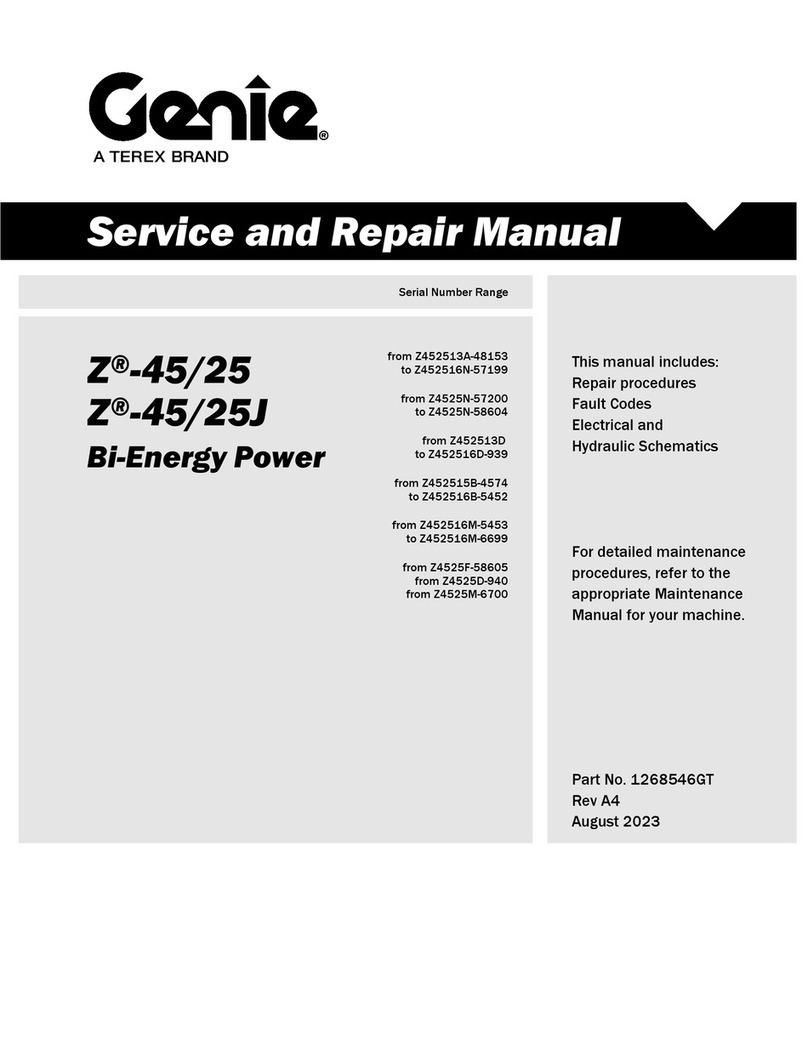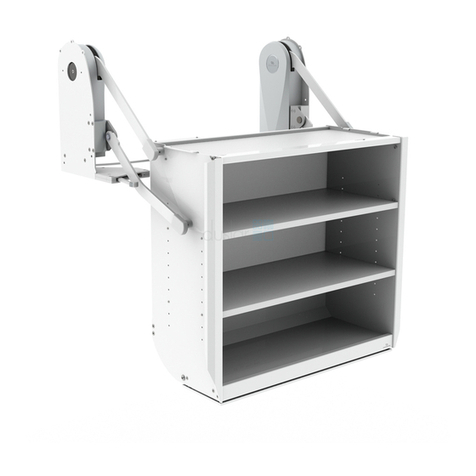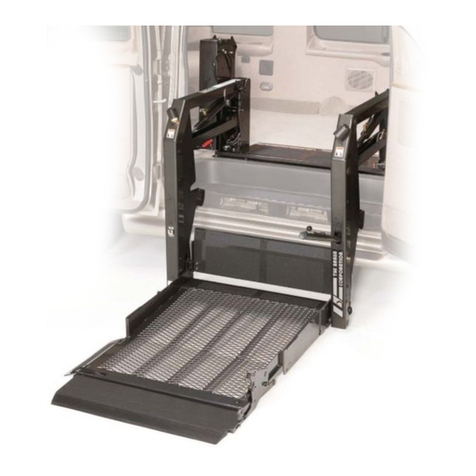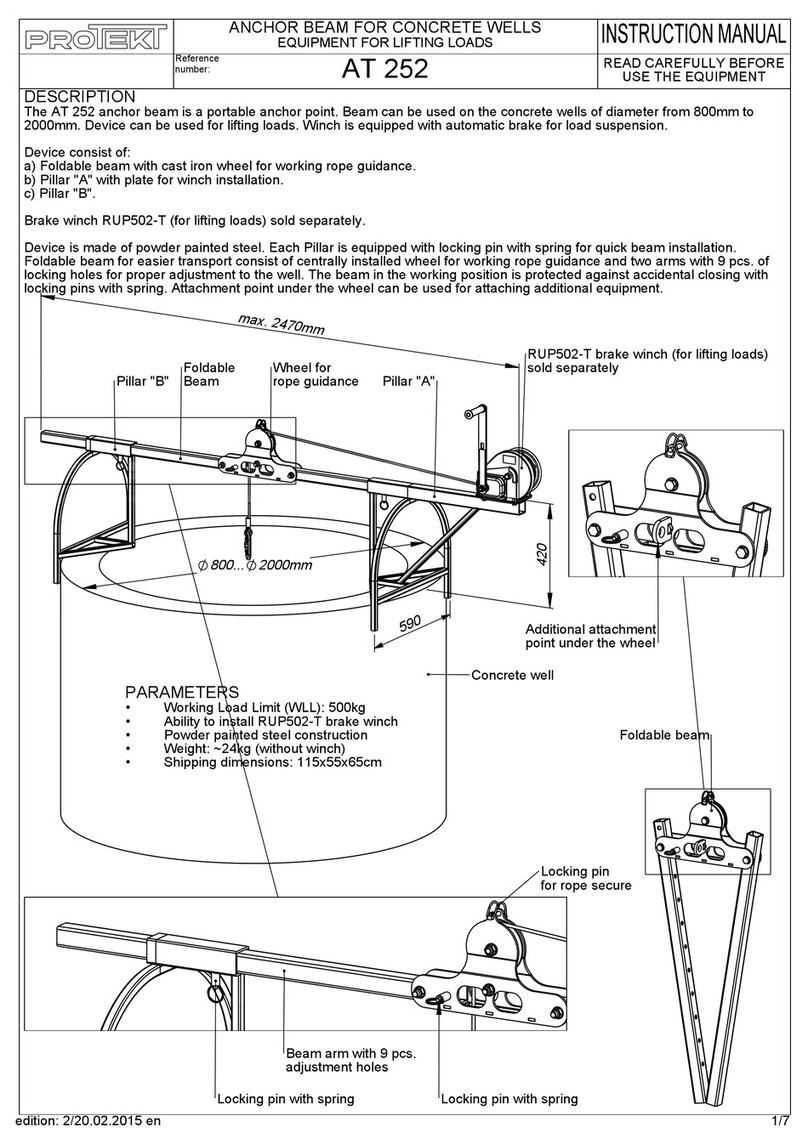
www.jbstools.com
6WWW.PACIFICHOISTS.COM.AU
SAFETY INSTRUCTIONS
THE FOLLOWING SAFETY INSTRUCTIONS OUTLINETHE CARE AND SAFE USE OF UNIVERSAL
AND HORIZONTAL PLATE CLAMPS AND ARE BASED ON SECTION 22 OF THE LEEA CODE OF
PRACTICE FOR THE SAFE USE OF LIFTING EQUIPMENT.
This information is of a general nature; only covering the main points for the safe use of plate
clamps. It may be necessary to supplement this information for specific applications.
SELECTING THE CORRECT PLATE CLAMP
Challenger offers two basic types of plate clamps but the facility they offer may vary with
make.
■ Universal Plate Clamp – they can be used for either horizontal or vertical plates and to
rotate them. They may also permit angular loading in the plane of the plate
■Suitable for material surface hardness upto 37 HRC
■ Horizontal plate clamp – designed to be used in pairs to lift horizontal plates only. Some
are in the form of a specially shaped hook without a cam, others have a cam which grips
the plate. They are used in conjunction with a sling which must be of the right type to
ensure that the geometry and therefore the gripping forces are correct.
GENERAL SAFETY INSTRUCTIONS
■ Check the clamp before use – do not use a defective plate clamp.
■ Ensure that the clamps are suitable for the thickness of plate to be lifted.
■ Never exceed the maximum or minimum thickness for which the clamps are designed.
■ Put the clamp onto the plate as far as it will go.
■ Do not use clamps at an angle to the edge of the plate or for lowering from vertical to
horizontal, or vice-versa, unless they are designed for the purpose.
■ Keep oil, grease and similar contaminates away from jaws which use a friction grip
material to hold the plate.
■ Never use plate clamps on hard or polished plate unless they have been specifically
designed for that purpose.
■ Take great care to ensure the plate is fully supported before attempting to release the
clamp.
■ Keep all persons clear of the danger zone and remember that a falling plate can ‘glide’
sideways. A large thin plate is likely to glide further. Also the higher it falls from, the
bigger the danger zone.
